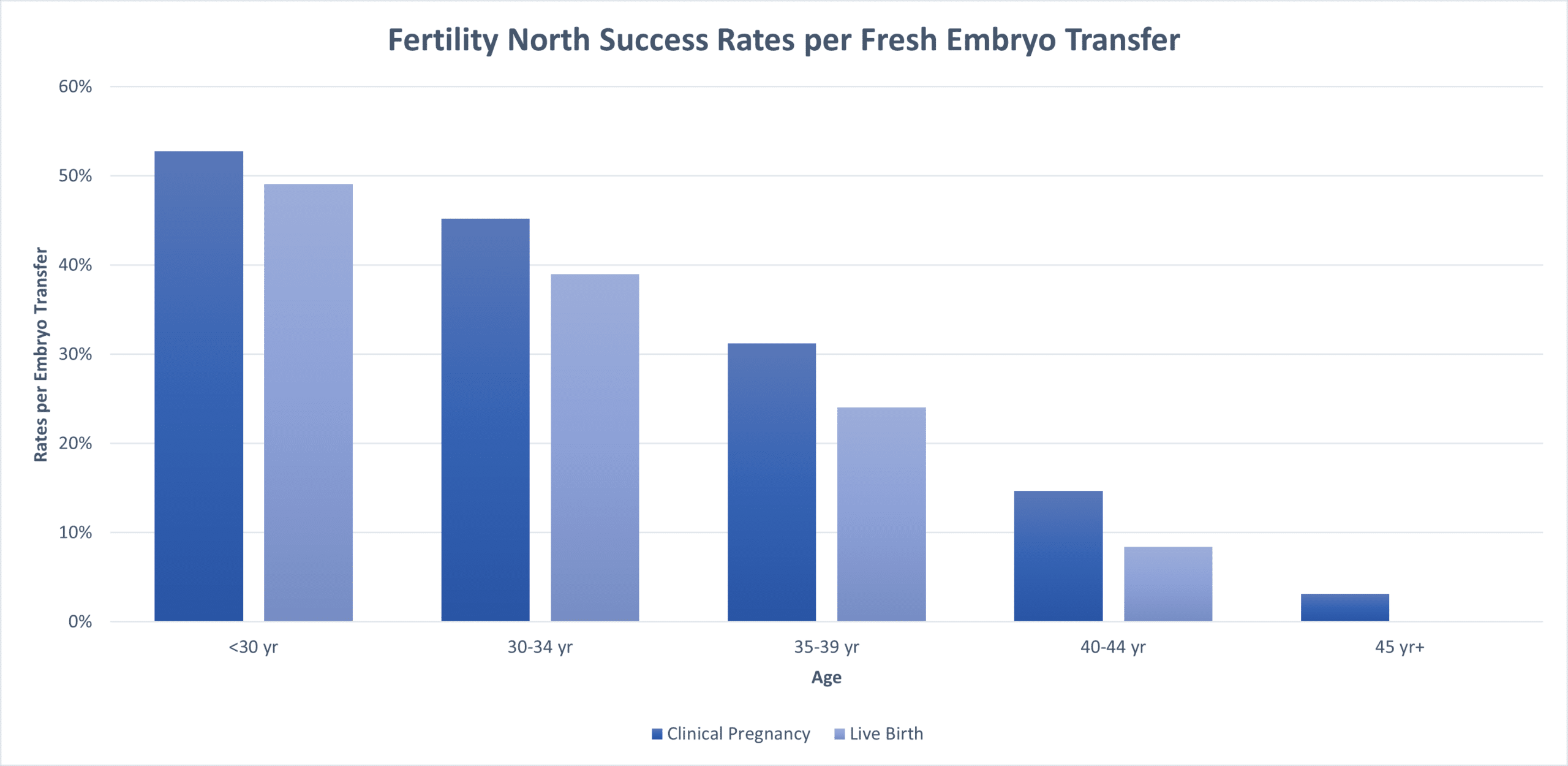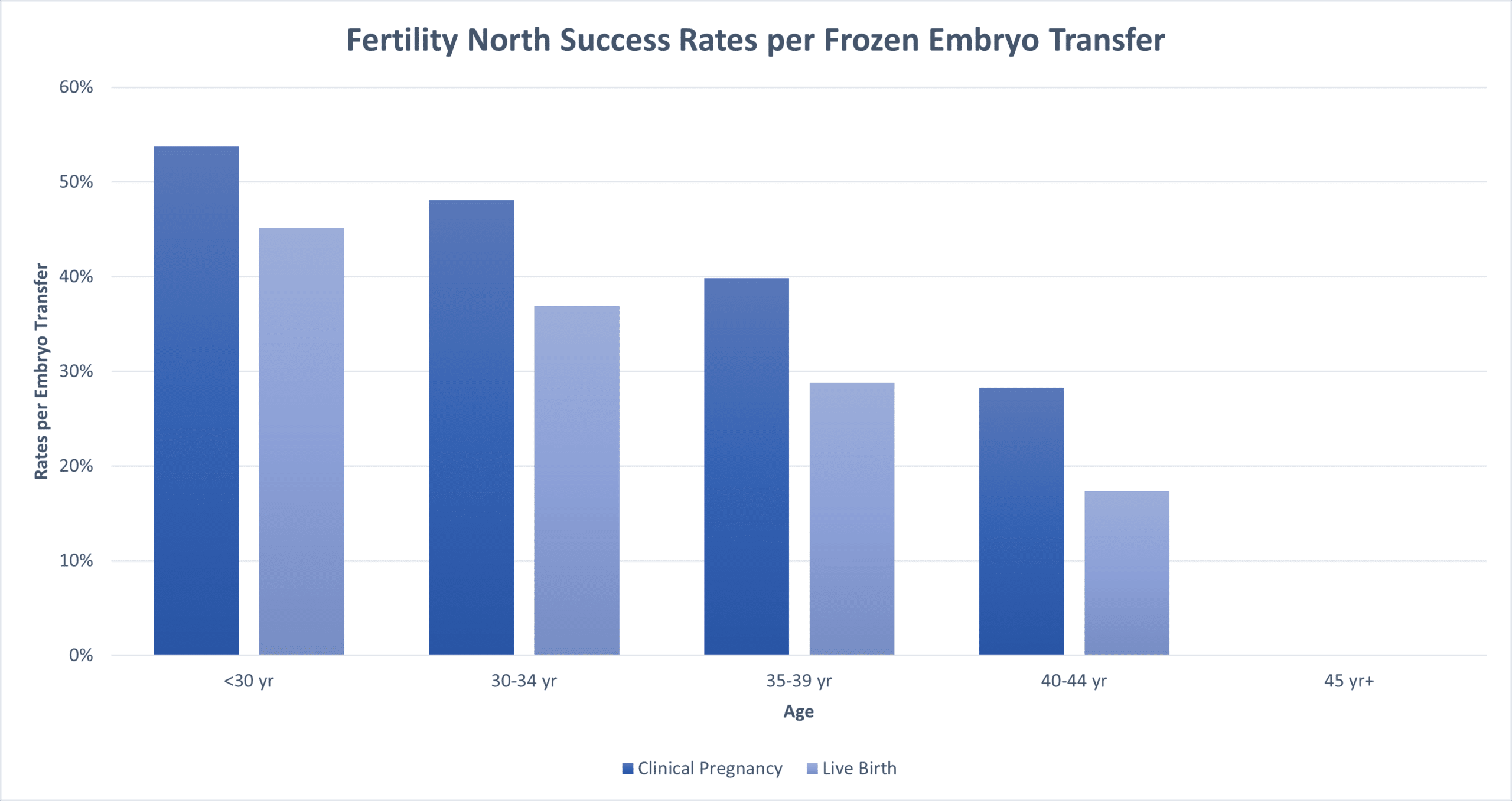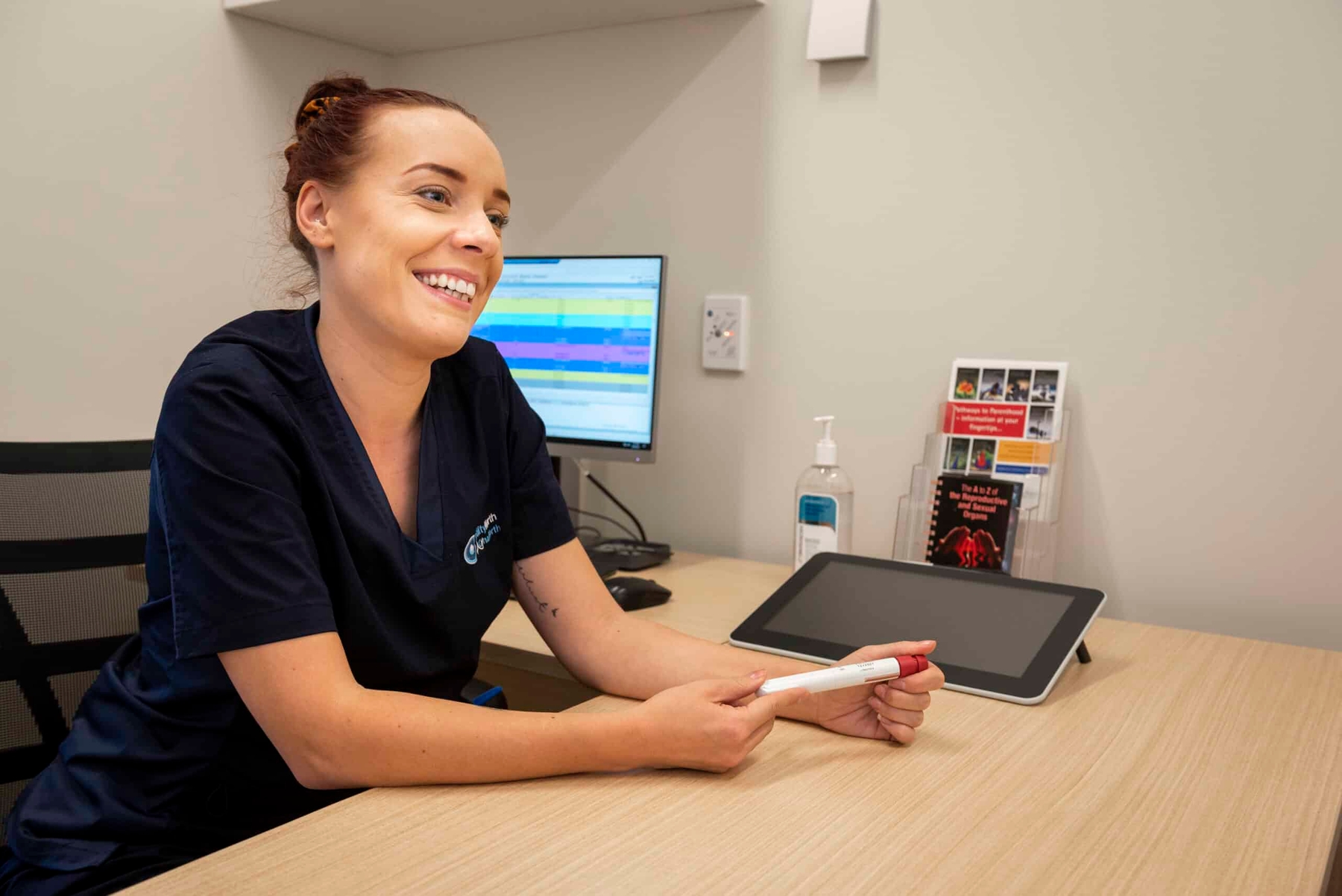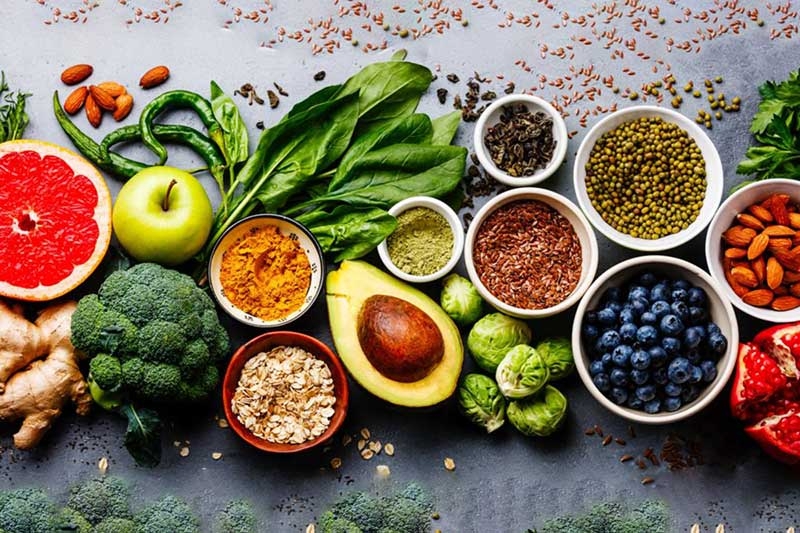Fertility North
Success Rates
Success rates are a valuable tool for comparing your chance of successful treatment between different clinics. However, success rates are often presented in a way that can make comparison tricky!

Success rates
Fertility North is exceedingly proud to consistently achieve success rates worth celebrating, and as such, we publish our success rates in accordance with the requirements set out by the RTAC Code of Practice (see section 2.2.3).
Our mission is to enable infertile couples and individuals to achieve their goal of becoming parents in a nurturing and empathetic environment. We’re committed to providing you with the knowledge and guidance necessary to navigate this journey with confidence and clarity, ensuring you’re empowered to make decisions that align with your goals and circumstances.
Understanding Success Rates
We understand the importance of making informed decisions when choosing a fertility clinic and different clinics often present their success rates in different ways, making it difficult to compare or understand them. The Australian Government has developed an independent website to help IVF patients understand and compare success rates from all of the fertility clinics in Australia, which you can visit here. Access Australia also has a very helpful guide to understanding success rates, which you can read here.
We encourage everyone to have a consultation with a fertility doctor to get a good understanding of your individual chances of success, as many factors can contribute to your changes of having a baby using assisted reproduction. During a consultation, a fertility doctor will review your personal medical history, undertake comprehensive fertility investigations, and will discuss your individual chances of success.
It is important to be aware that fertility treatment doesn’t always result in an egg collection, embryo transfer or embryos to freeze. We do everything we can to give you the best possible chance of success, but unfortunately success using assisted reproduction cannot be guaranteed.
Further information about interpreting success rates can be found from the Fertility Society of Australia and the Australian Government:
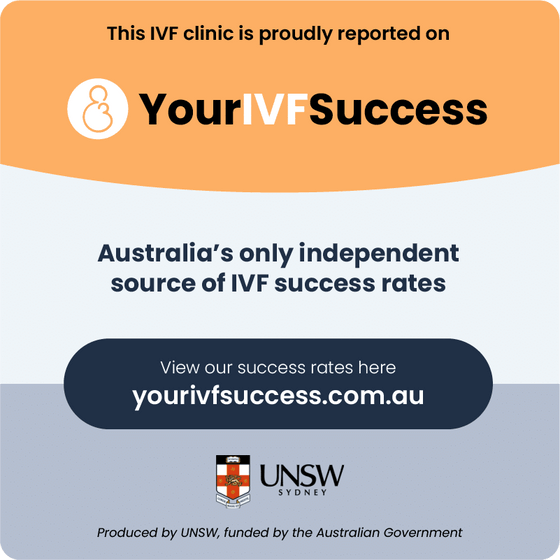
1 January 2021 – 31 December 2022
These results represent the most recent results available following the birth of a baby.
These results include:
- Cleavage stage and blastocyst embryo transfers of patients using their own eggs
- IVF and ICSI treatment
- Embryos transferred in a fresh, stimulated treatment cycle and frozen transfer cycles
These results do not include the following:
- Minimal Stimulation (MoNa / Mini-IVF) or Natural Cycles
- Donor egg/embryo treatment cycles
A Clinical pregnancy is defined by the presence of one or more of the following: pregnancy ongoing at 20 weeks, ultrasound evidence of an intrauterine sac (with or without a fetal heart), examination of products of conception reveal chorionic villi, or an ectopic pregnancy diagnosed by laparoscope or by ultrasound.
* Not every treatment cycle will result in an egg collection, an embryo transfer, or embryos to freeze.
* Success rates may vary and are affected by a number of factors including age, weight, lifestyle factors, genetic factors and other various causes of infertility.
For further information on understanding success rates, please refer to the Access Australia’s “Interpreting pregnancy rates: a consumer guide.
